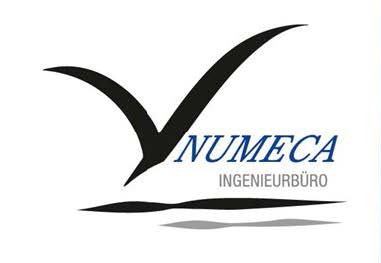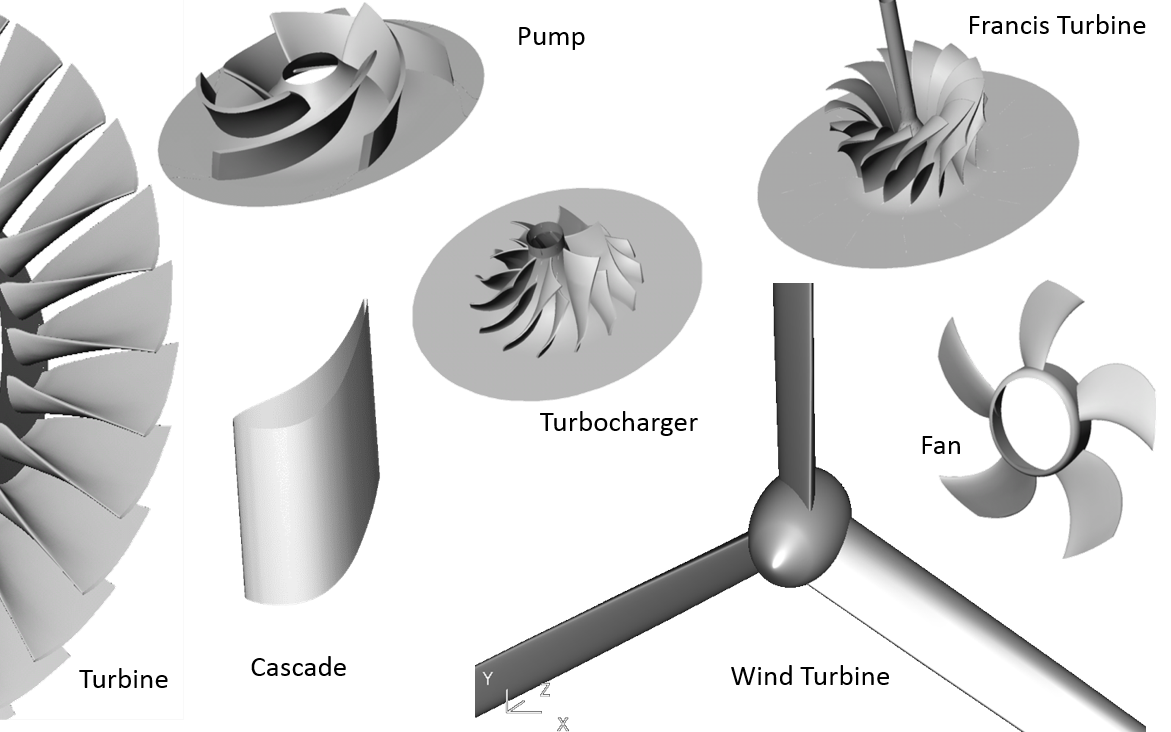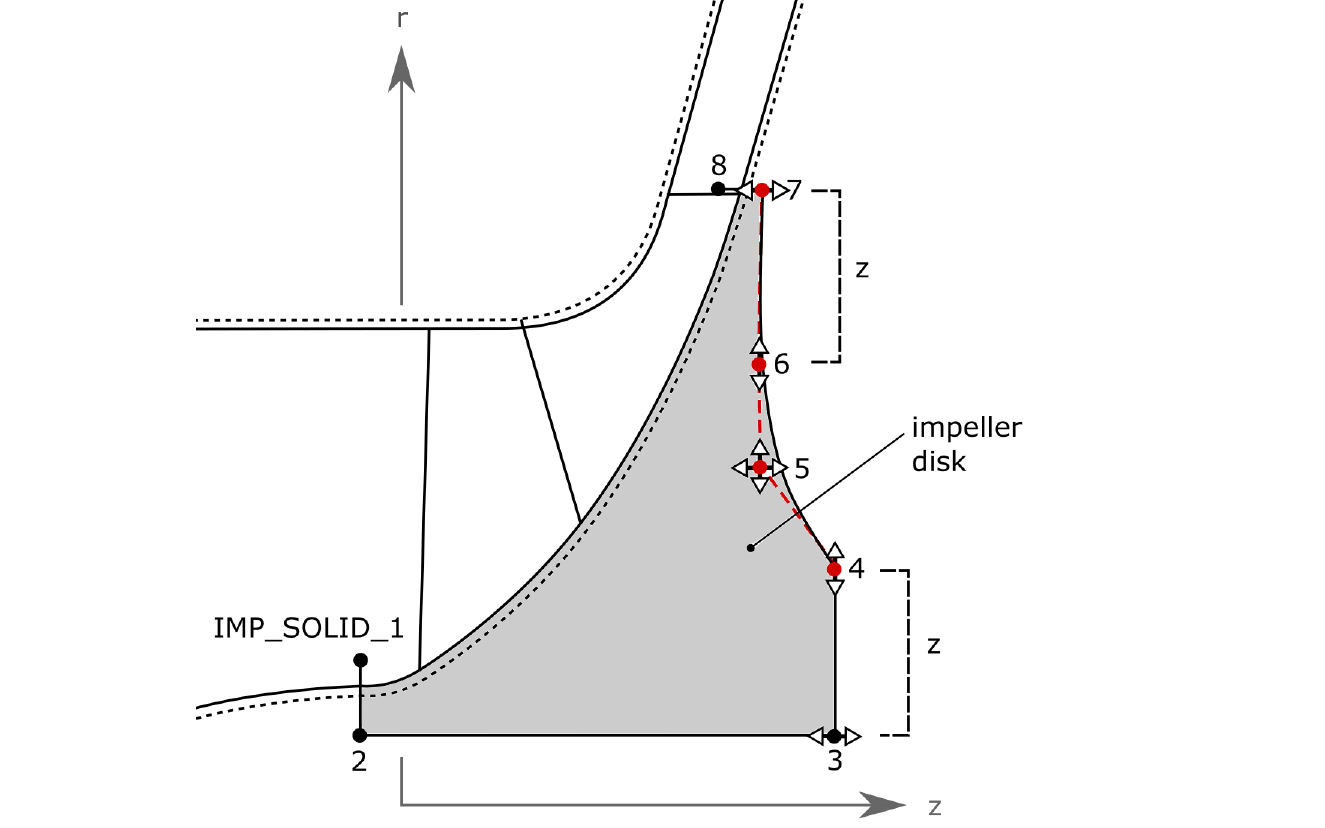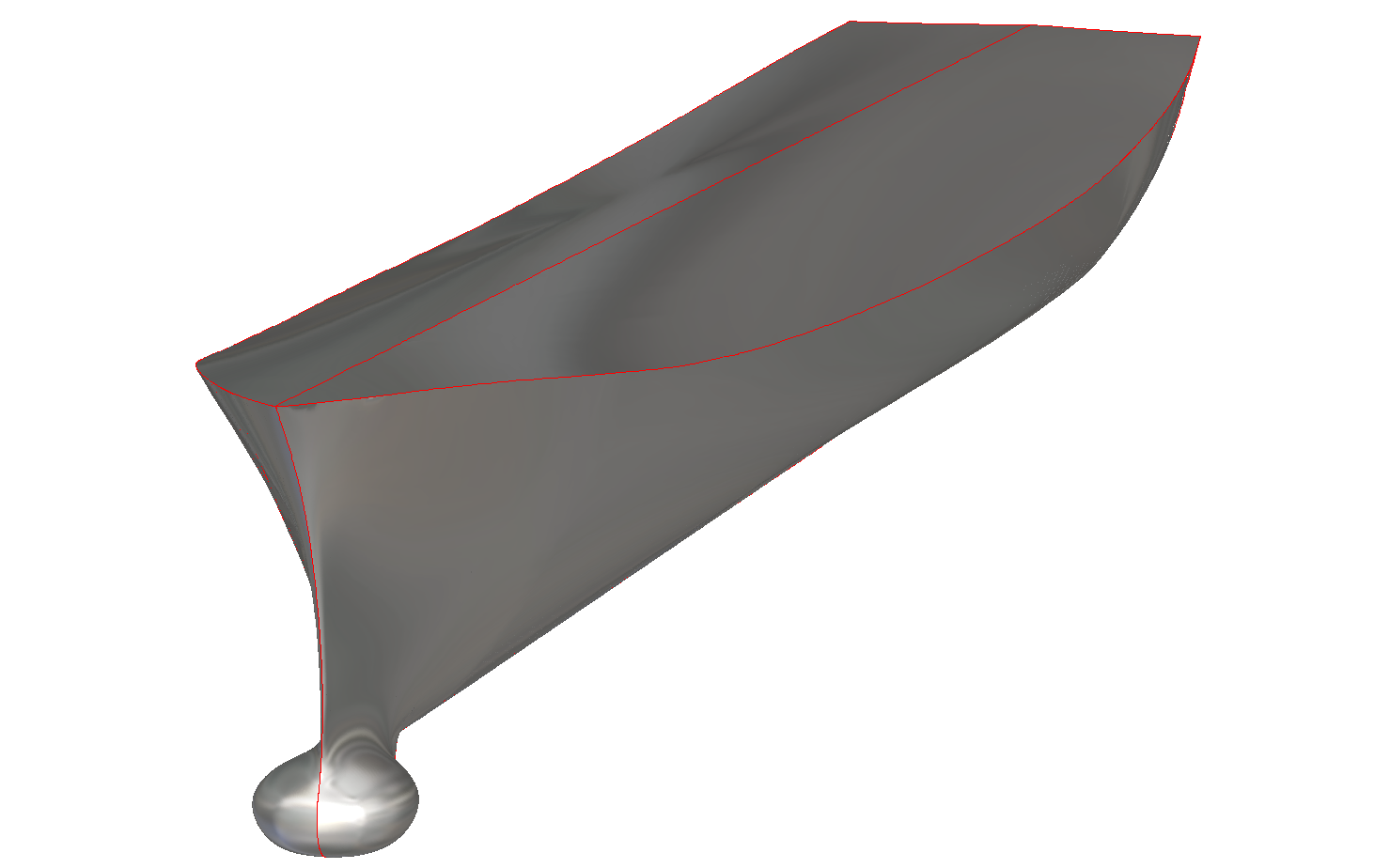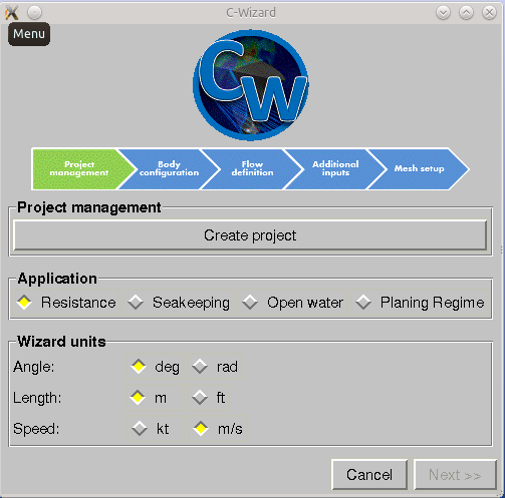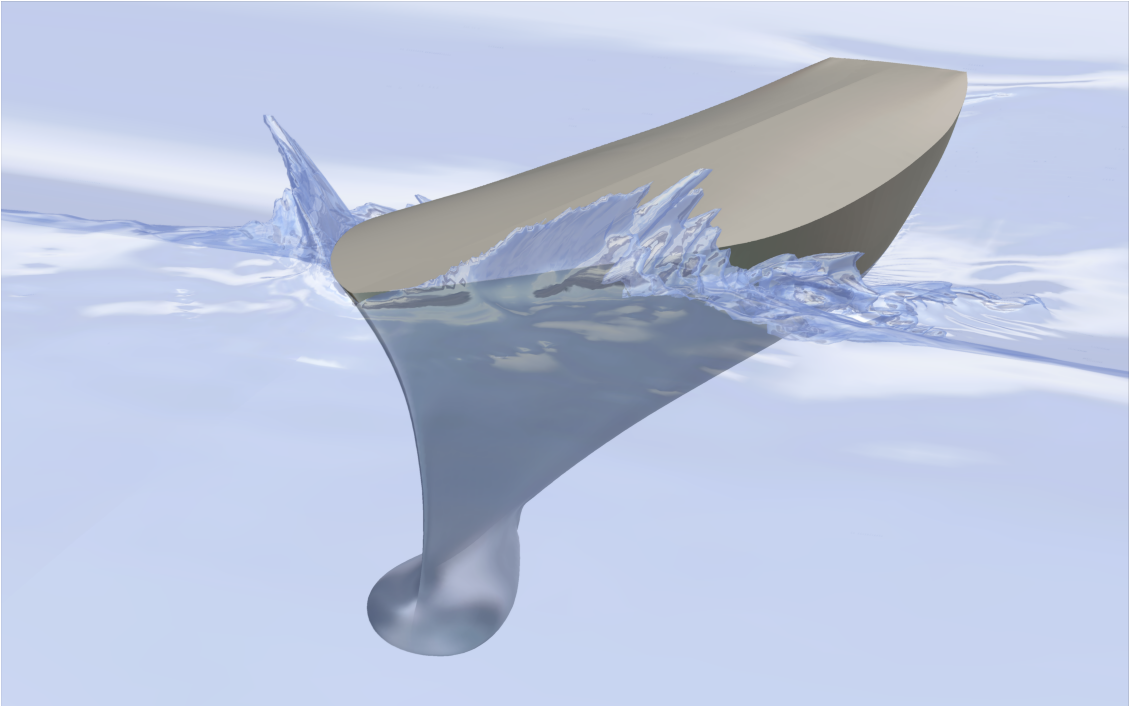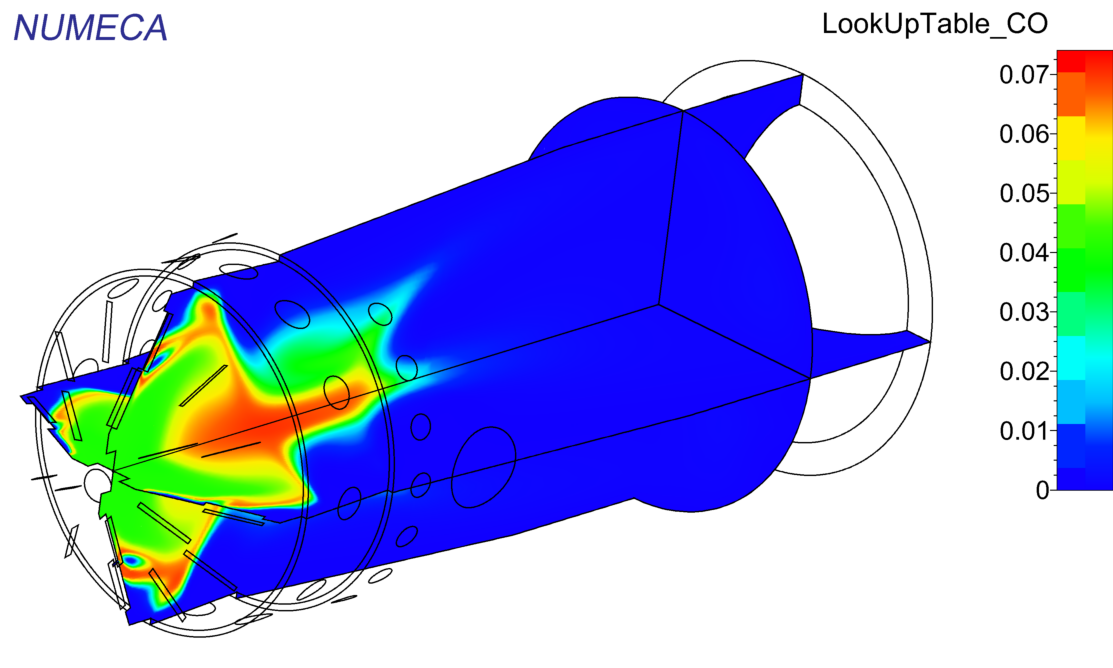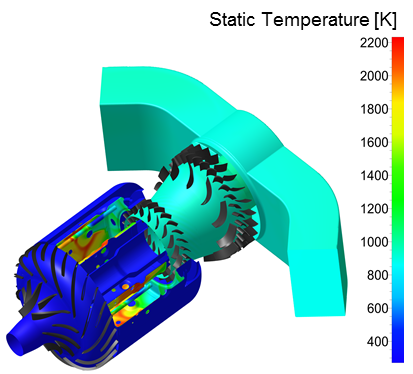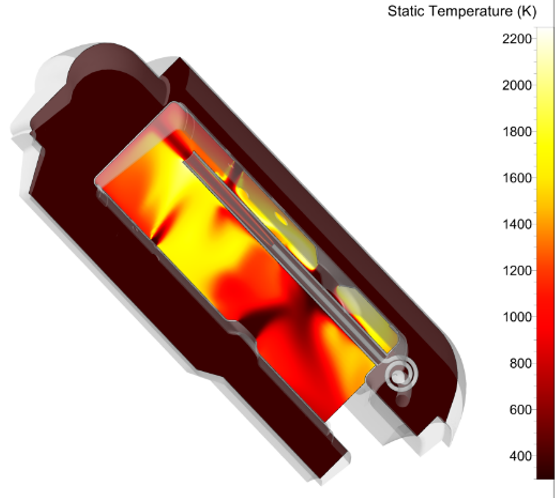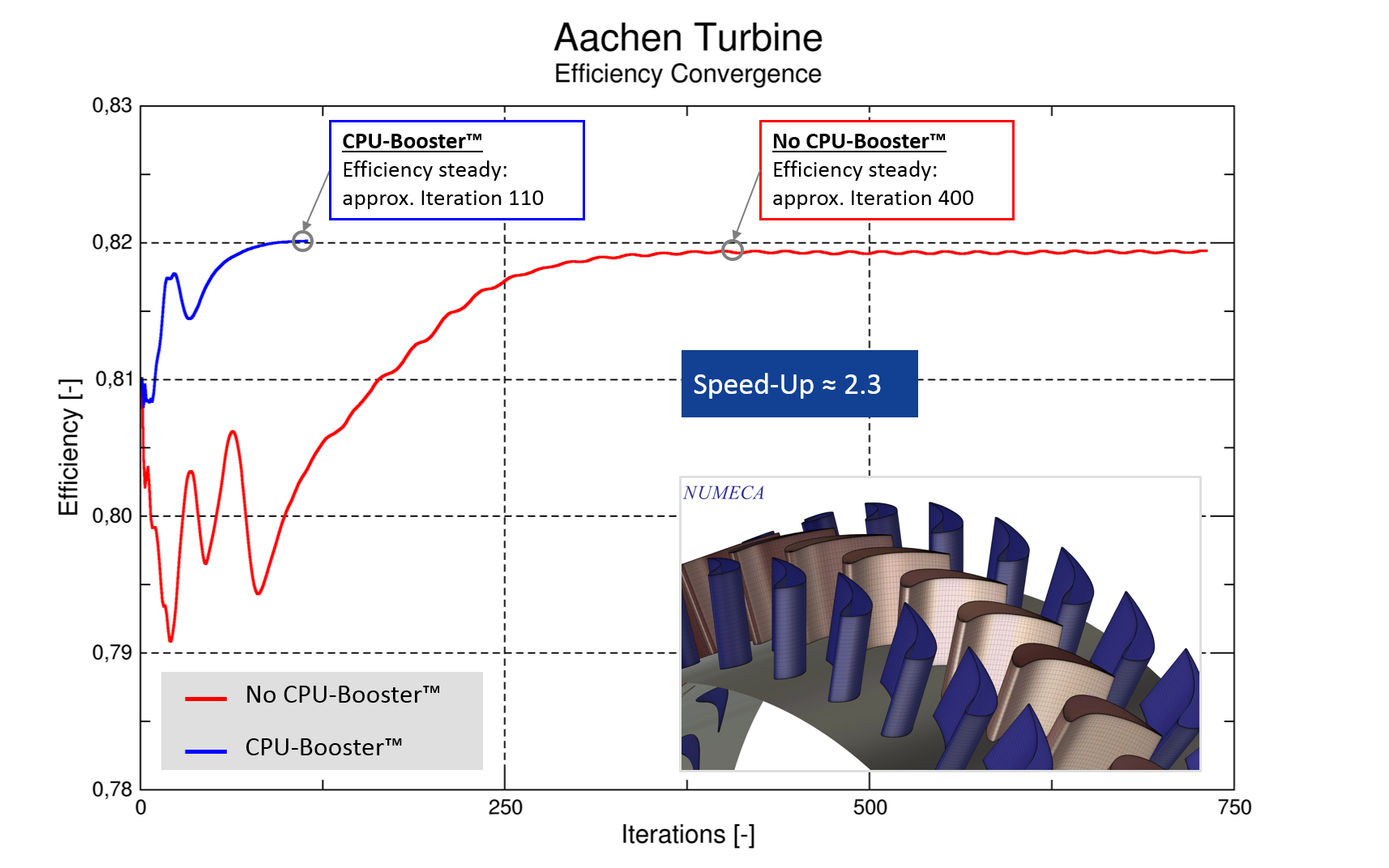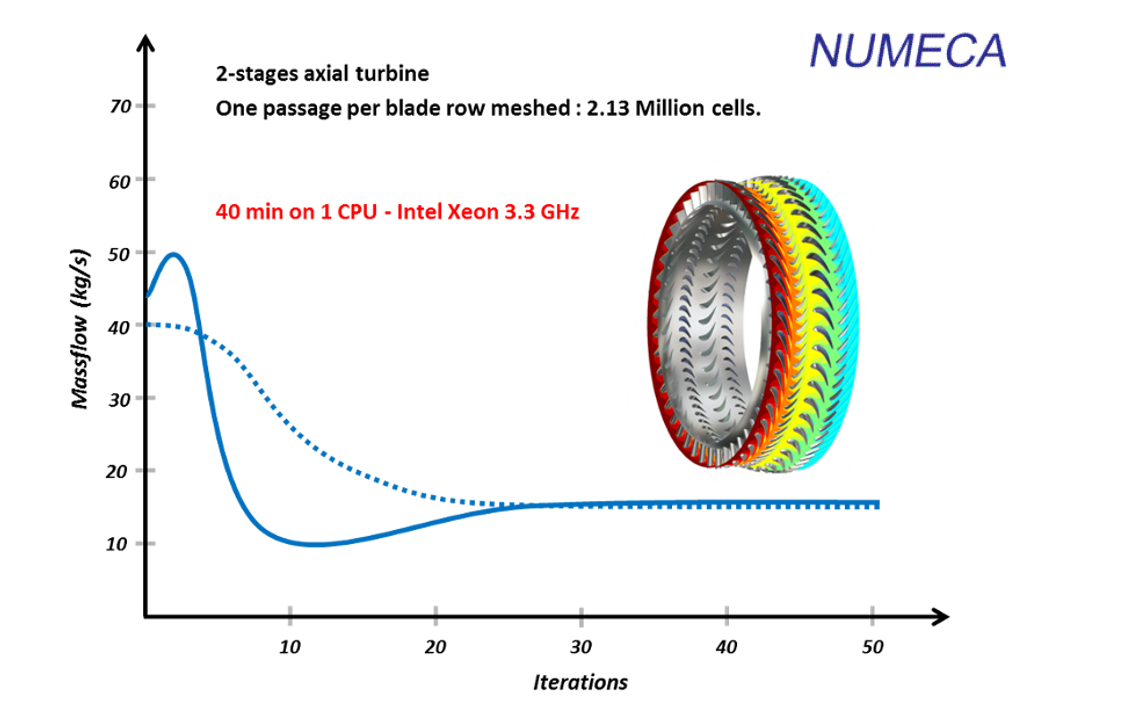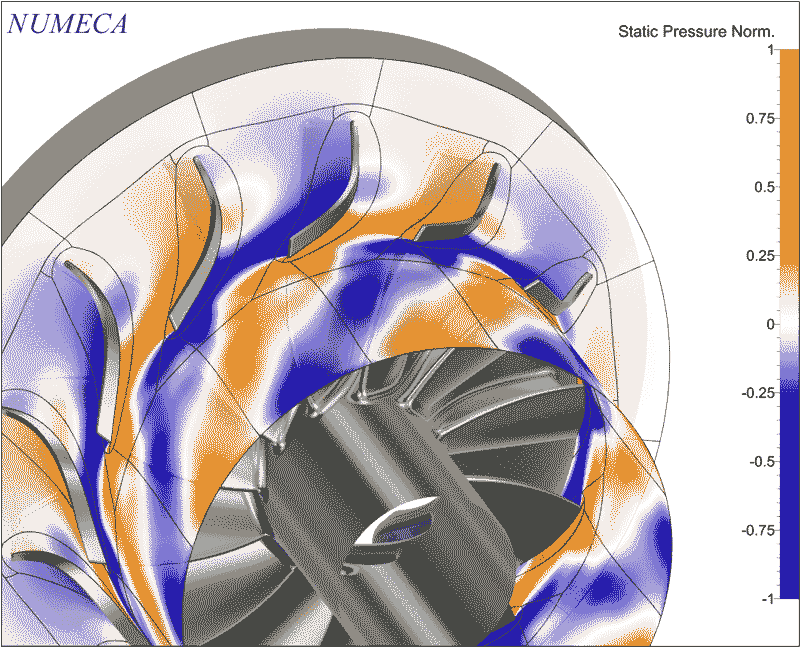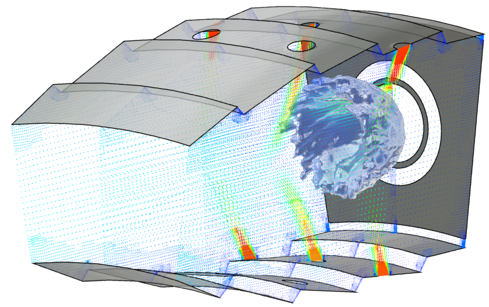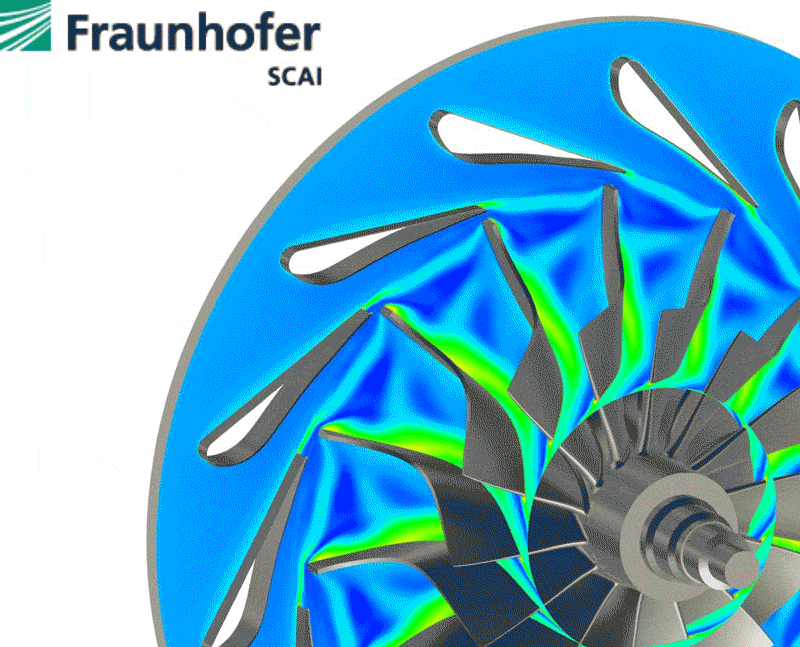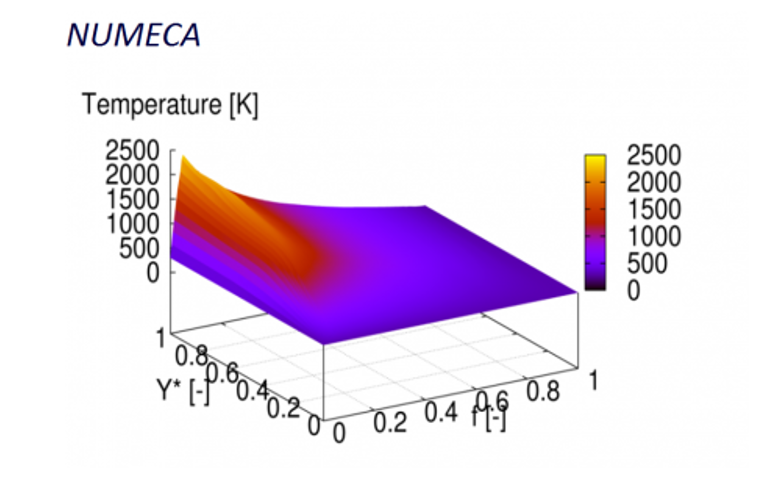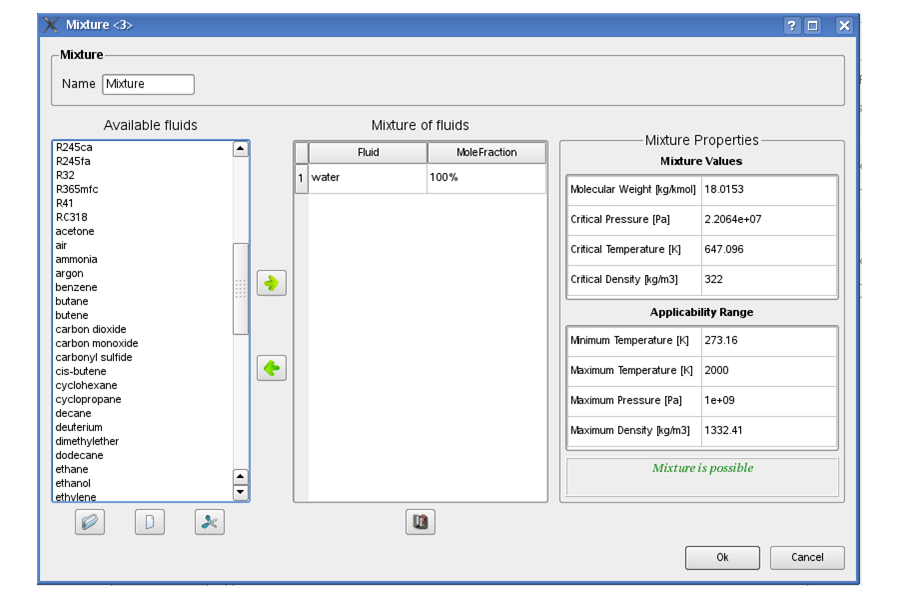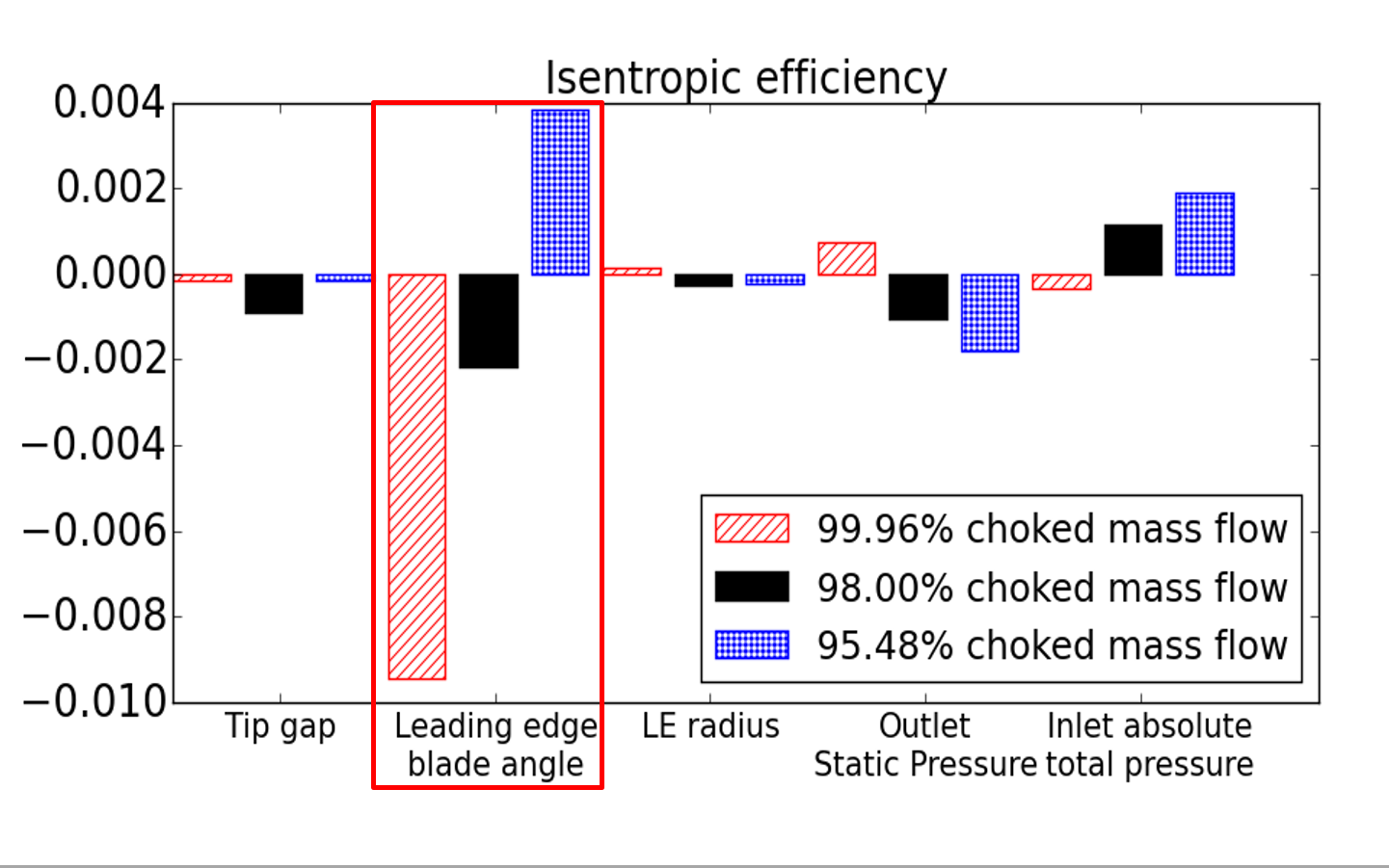AutoBlade™
Parametric turbomachinery design
Description
AutoBlade™ is a parametric 3D-blade modeler dedicated to turbomachinery components. A series of predefined templates is provided to ensure a fast and user-friendly parametrization for many kinds of turbomachines. Besides channel and blades more complex features like fillets, gaps, non-axisymmetric end walls or flank milling constraints can be parametrized. AutoBlade™ also allows to define interdependencies between parameters and user-defined functions, aiming to increase the geometric variability while keeping a low parameter count.
For a fast conversion of a 3D-CAD model into a parametric version an advanced fitting module is implemented. This will automatically adapt the current parametrization to minimize the deviation to the initial CAD geometry.
AutoBlade™ is integrated seamlessly in FINE™/Design3D, but can also be used as a stand-alone geometry creator for usage with other software.
Key Features
- Parametrization of complex blade and channel geometries
- Blade definition on arbitrary sections
- Non-axisymmetric end-wall contouring
- Optional verification of manufacturability (Ruled Surfaces)
- Interdependencies between parameters
- User-defined functions
- Geometry analysis, e.g. curvature, throat, moments of inertia
- Fitting module for efficient CAD conversion
